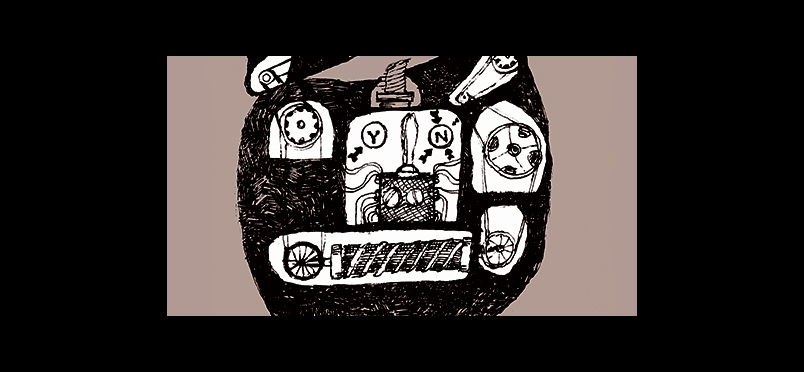| cancer
“a chemotherapy-periodized exercise prescription”

Exercising In Between the Side Effects and Pain of Chemo
Cancer chemotherapy side effects, like fatigue, pain and nausea, are typically intense immediately following an infusion and gradually subside until the next treatment two to three weeks later. Although exercise can lessen the side effects, the side effects often cause patients to avoid exercise. As such, researchers developed a “chemotherapy-periodized” exercise training program designed to work around chemotherapy‘s bad days. Breast cancer patients participated in cardiovascular (treadmill or bike) and strength exercises three days per week over 8-12 weeks of chemotherapy treatment. For one week after each infusion, cardiovascular exercise intensity was reduced and fewer strength exercises were performed. Although the patients’ fatigue was highest during treatment weeks, the weeks leading up to the next treatments resulted in lower fatigue, even while the exercise intensity and number of strength exercises were increased. The chemotherapy-periodized group also attended more of their exercise sessions than women whose exercise program did not change according to treatment schedule. This “chemotherapy-periodized” approach has the potential to improve quality of life and reduce treatment side effects by increasing the total number of days women will exercise while undergoing chemotherapy treatment.
ABSTRACT
Purpose
The purpose of this study was to provide...
Methods
Women with breast cancer who were prescribed taxane-based chemotherapy were randomly assigned to a supervised aerobic...
Results
Fatigue increased from baseline (marginal mean ± standard error: 3.2 ± 0.4) to before the third treatment (4.1 ± 0.4, P = 0.025), then peaked at 3 to 5 d after the third treatment...
Conclusions
Fatigue and exercise V˙O2 vary across a chemotherapy cycle. A chemotherapy-periodized exercise prescription that accommodates cyclical variations in fatigue may increase adherence to supervised exercise.
Read the full press release, with access to the abstract, here.
Other Categories:
Did you enjoy this article?
Subscribe to the PAINWeek Newsletter
and get our latest articles and more direct to your inbox
